Pcr Primer Binding
If the PCR product is <800 bp then your sequence should run toward the opposing primer and will end around 5-10 bp from the end of.

Pcr primer binding. Same primer pair as used in probe assay qHsaCIP. Polymerase chain reaction (PCR) remains a simple, flexible, and inexpensive method for enriching genomic regions of interest for next. Design your PCR probes to conform to the following guidelines:.
And in PCRs with the F17G primers, four out of. In vivo, the enzyme, DNA polymerase requires a primer for the initiation of DNA replication. It is important to minimize time spent at temperatures other than.
A name is required for each primer (eg. Main Difference – Probe vs Primer. You want to amplify an entire gene for expression and protein production;.
I can't change the forward primer because of my enzyme of. Increase primer binding efficiency:. This method permits PCR targeting to smaller primer binding regions, and is used to amplify conserved DNA sequences, such as the 16S (or eukaryotic 18S) rRNA gene.
For more information on the validation of the DNA primer pairs, see Bulletin 6262, PrimePCR Assay. What are Forward Primers Forward primers are one of the two types of primers used in a PCR setup. The binding region of our new primer should have a Tm of around 55°C to match the Tm of the xynB R primer Reverse primer that is already annotated onto the DTU sequence.
An implicit assumption is that stable hybridization of a primer with the template is a prerequisite for priming by DNA polymerase. Probes can be designed to bind to either strand of the target. Use well-designed primers at 0.2–1 μM in the final reaction.
The wrong annealing temperature can result in false products, or in no detectable products at all. What makes a good primer?. In PCRs with the papEF primers, all seven obtained PCR products originated from specific binding of the forward primer on the 3′ → 5′ DNA strand and non-specific binding of the forward primed on the 5′ → 3′ DNA strand;.
If you’re new to designing primers. The temperature for this PCR step is chosen for the optimum binding of the DNA primers to the correct DNA template and depends on primer’s melting temperature. Degenerate primer sequences are also accepted.
Probes are labeled for ease of detection:. Excess biotinylated primer in the PCR reaction will reduce the binding capacity of the beads. It can be defined as “Fast, simple and inexpensive way to amplify (copy) small quantities of specific DNA fragments via different polymerase enzymes by using in-vitro methods”.
SYBR® Green Assay Design:. A primer dimer is a potential by-product in the polymerase chain reaction, a common biotechnological method. Restriction endonuclease cut sites, and the protein translations of the DNA sequence can also be shown.
It is highly recommended to use refseq accession or GI (rather than the raw DNA sequence) whenever possible as this allows Primer-BLAST to better identify the template and thus perform better primer specificity checking. I wanna do a PCR with a forward and a reverse primer. If the primer initially (during the higher-temperature phases) binds to the sequence of interest, subsequent rounds of polymerase chain reaction can be performed upon the product to further amplify those fragments.
Therefore, primers can be designed which are gene specific, allowing cloning of only a specific portion of DNA. Ideally, the probe should be in close proximity to the forward or reverse primer, but should not overlap with a primer-binding site on the same strand. It may also be.
The use of a PCR primer specifically designed and validated for qPCR assays with your target of interest is highly recommended (see also qPCR Assay Design and Optimization). In this lecture, I explain how to design working primers for use in PCR. Primers should flank the DNA you want to amplify • example 1 (preparative):.
Every PCR primer pair has been experimentally validated to ensure optimal assay performance. Some other techniques including sequencing, cloning, site-directed mutagenesis, etc. If you are unfamiliar with PCR, watch the following video:.
It allows researchers to amplify small amounts of DNA to quantities which can be used for analysis. The G and C bases have stronger hydrogen bonding and help with the stability of the primer. Probes are mainly used in qPCR while synthetic primers are used in every type of PCR.
Thus, you'd want the PCR product to include the whole gene (from start codon to stop codon). More than 4 complementary bases and lower annealing temperature induces dimer formation. Using an excessive concentration of primers can increase the chance of primers binding nonspecifically to undesired sites on the template or to each other.
Polymerase Chain Reaction (PCR) Introduction PCR (Polymerase Chain Reaction) is a revolutionary method developed by Kary Mullis in the 1980s. Select the file DTU and zoom in/scroll to around position 140 bp. Asymmetric PCR is a) used to generate single stranded copies for DNA sequencing b) used to generate double stranded copies for DNA sequencing c) both a and b d) none of these 13.
Gene Expression Unique Assay ID:. As a result, the DNA polymerase amplifies the PD, leading to competition for PCR reagents, thus potentially inhibiting amplification of the DNA sequence targeted for PCR amplification. Primer design is a very critical step and much can be lost or gained by bad or good primers.
For example, if the primer sequence is 3’ AACTGGA 5’, then it will only bind to the template where the sequence 5’ TTGACCT 3’ is found. The name and sequence string can be separated with either space or tab, as long as the style is the same for all the primers;. Primers with 40% to 60% GC content ensure stable binding of primer and template.
How to find the primer binding sequence of a target gene?. In vitro, primers are mostly used for the initiation of polymerase chain reaction (PCR). TBP, Human TATA box binding protein Assay Type:.
Consider longer primers to enhance specificity. In quantitative PCR, PDs may interfere with accurate qua. More about PCR clean-up kits Biotinylation using cleavable reagents.
As its name implies, a PD consists of two primer molecules that have attached to each other because of strings of complementary bases in the primers. * PCR primer pairs can be selected using the PrimerQuest. The product(s) (sometimes after gel purification after electrophoresis of the PCR product) are then used in a second PCR reaction with a set of primers whose binding sites are completely or partially different from the primer pair used in the first reaction, but are completely within the DNA target fragment.
For single primers (determination of primer Tm) you can choose the Tm calculator for PCR. PrimePCR™ SYBR® Green Assay:. 3′ Primers, 5′ Primers, Antisense Strand, Forward Primers, PCR, Reverse Primers, Sense Strand.
Primers are generally not labeled:. This is known as a GC Clamp. The enzymes responsible for DNA replication, DNA polymerases, are only capable of adding nucleotides to the 3’-end of an existing nucleic acid, requiring a primer be bound to the template before DNA polymerase can begin a complementary strand.
Finnzymes Oy, Espoo, Finland) and Taq (Roche, Indianapolis, IN) DNA polymerases were used for PCR. The S-Tbr (DyNAmo II;. Identification of secondary binding sites including mismatched hybridization is normally performed by considering the similarity of the primer to targets along the entire primer sequence.
Now I have the problem the forward primer is binding at two sites of the DNA. Aim for the GC content to be between 40 and 60% with the 3’ of a primer ending in G or C to promote binding. Living organisms use solely RNA primers, while laboratory techniques in biochemistry and molecular biology that require in vitro DNA.
Will primer pair bind to each other (forming primer. PCR is a technique used in biotechnology to amplify specific DNA fragments for various purposes. You will start to get sequence ~ bp downstream of your primer.
Primer BLAST performs only a specificity check when a target template and both primers are provided. Primer Map accepts a DNA sequence and returns a textual map showing the annealing positions of PCR primers. Nonspecific binding of the primer to extraneous sites (similar to the way random hexamer primers work), as well as resulting in too low a Melting Point (MP) for practical PCR parameters.
Probes are not used in PCR:. Avoid direct repeats in the primers to prevent misalignment in binding to the target. Next, for each PCR assay, the MSA file was trimmed to include only the primer or probe binding regions referred to here as ROI.
PCR is used in a) site specific recombination. However, sequences containing more than three repeats of sequences of G or C in sequence should be avoided in the first five bases from the 3′ end of the primer because of the higher probability of primer-dimer formation. The main significant feature of forward primers is that they anneal to the antisense or (-) strand of the double-stranded DNA.
Our real-time PCR primers were designed in collaboration with leading experts in real-time PCR research. MgCl2, KCl and Tetramethylammonium chloride. When primers are bind with each other instead of binding with the target sequence, it creates a dimer.
In addition, verify that the correct concentration was supplied by the manufacturer. This server uses a k-mer index algorithm to accelerate the search process for primer binding sites and uses thermodynamics to evaluate binding stability between each primer and its DNA template. The condition of any PCR reaction varies from lab to lab and person to person.
Primers are used in PCR. Degenerate primer sequences are also accepted. The polymerase chain reaction is a technique which has revolutionized molecular biology since its development in the early 1980s.
For example, a target-specific 3′ domain can be combined with a 5′-domain that is used as a universal primer binding site to permit universal amplification after RNase H2 cleavage or subsequent capture by universal capture probes. Fluorescent reporter molecules can be DNA-binding dyes such as SYBR® Green or fluorescently labeled PCR primers or probes. My ultimate guide for optimizing PCR reaction buffer:.
Primer anneals with the complementary bases of the DNA strands. To determine the sequence variability in the primer/probe binding regions, all the sequences in the dataset were aligned using MAFFT. Here are some guidelines for designing your PCR primers:.
The primers should not form "primer dimers" or "hairpins" Expand on each of these:. A primer is a short single-stranded nucleic acid utilized by all living organisms in the initiation of DNA synthesis. Because DNA polymerase can add a nucleotide only onto a preexisting 3'-OH group, it needs a primer to which it can add the.
PCR is based on using the ability of DNA polymerase to synthesize new strand of DNA complementary to the offered template strand. Polymerase chain reaction (PCR) is a major technique which is used to analyze the DNA with high accuracy. Optimization of the PCR cycling is also a very powerful way to improve your protocol.
In the Primer Pair Specificity Checking Parameters section, select the appropriate source Organism and the smallest Database that is likely to contain the target sequence. B) annealing involves binding of primer between 40-60 0 C c) Primer extension occurs at 72 0 C d) all of these 12. Nucleotide sequence analysis of 26 cloned PCR products showed that in PCRs with papA primers, six out of eight obtained PCR products were false due to non-specific binding of the forward primer on both DNA strands;.
Whether or not your primer pairs are unique, they won't bind to other locations in the genome except your intended gene or DNA fragment. Run the PCR with limiting concentrations of biotinylated primer, or remove free biotinylated primer using PCR clean-up kits. A PCR primer binding site is a site where a polymerase chain reaction (PCR) primer binds, to prime duplication of a complement to an existing DNA or RNA sequence.
It involves many factors, including choice of target region, of primer binding sites within that region, nucleic acid extraction procedures, divalent cation concentration, cycling temperatures and durations, and, in real-time PCR, detector probe type or types and binding sites. The name and sequence string can be separated with either space or tab, as long as the style is the same for all the primers;. If that sequence cannot be found, no binding will take place and no DNA will be copied.
MgCl2, polyethylene glycol and gelatine. A name is required for each primer (eg. PCR Primer and Probe Assays for Real-Time PCR.
These settings give the most precise results. Some of the uses to which PCR has been applied include :. Enhance Taq polymerase activity:.
Consider nested PCR to improve specificity. Use this program to produce a useful reference figure, particularly when you have designed a large number of primers for a. Enter the PCR template here (multiple templates are currently not supported).
The HIV primer binding site is a structured RNA element in the genomes of retroviruses to which tRNA binds to initiate reverse transcription. S-Tbr is an engineered polymerase where the N-terminal 5′-3′ exonuclease domain of Thermus brockianus DNA polymerase I has been removed and replaced by the 7-kDa double-stranded DNA-binding protein Sso7d from Sulfolobus solfataricus (). Several important characteristics, such as the sequence, melting temperature and size of each amplicon, either specific or non-specific, are reported.
The non-specific binding of PCR primers. Binding with Complementary Sequence:. Probe and primer are two types of single-stranded, oligonucleotides used in various types of PCR.

Pcr Overview Goldbio

Polymerase Chain Reaction Pcr Article Khan Academy
Plos One Molecular Inversion Probe A New Tool For Highly Specific Detection Of Plant Pathogens
Pcr Primer Binding のギャラリー

Addgene Protocol How To Design Primers

Polymerase Chain Reaction Wikipedia

Experimental Techniques Explained Gene Soe Pcr Antisense Science
Q Tbn 3aand9gcsa0m9qat5jhmwwqaeumw9ydjzrh6ow8yuouselzoct6porpume Usqp Cau

Polymerase Chain Reaction Pcr Diamantina Institute University Of Queensland

How Is Rt Pcr Used To Test For Covid 19 Medmastery

Bme103 W930 Group5 Openwetware

Read The Article Irepertoire S Amplification Technologies

Assessing The Influence Of Sample ging And Library Preparation On Dna Metabarcoding Zizka 19 Molecular Ecology Resources Wiley Online Library

Annealing Temperature Of 55 C And Specificity Of Primer Binding In Pcr Reactions Intechopen

Polymerase Chain Reaction Pcr Diamantina Institute University Of Queensland
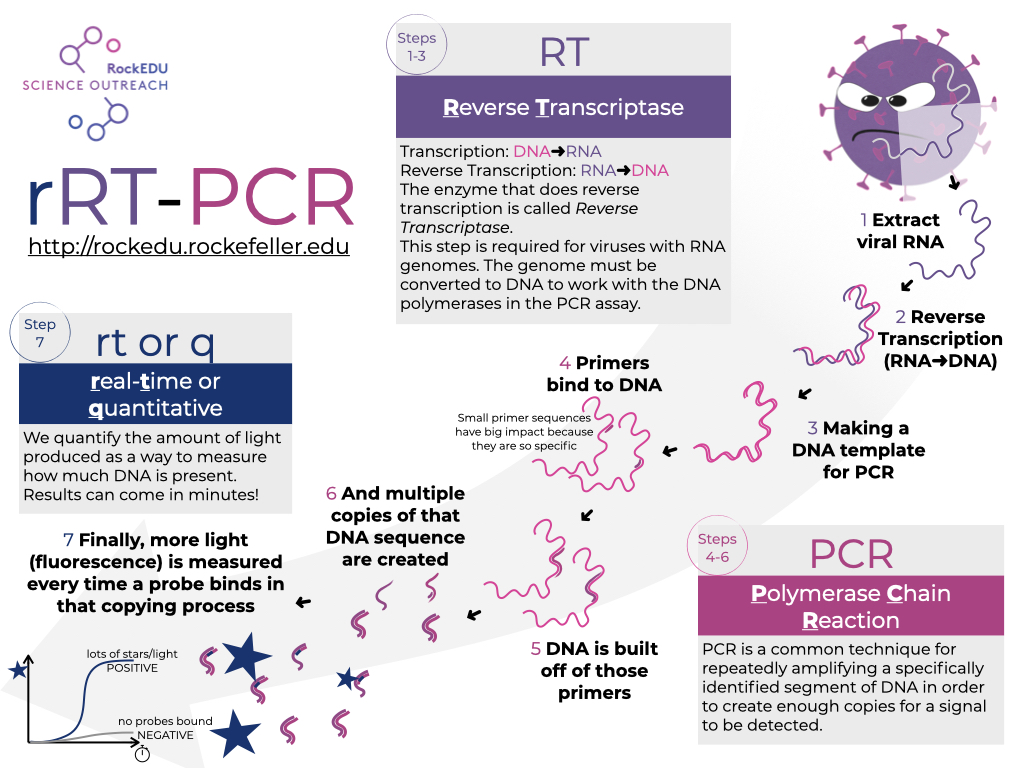
How Do Scientists See Viruses Part 2 Qpcr
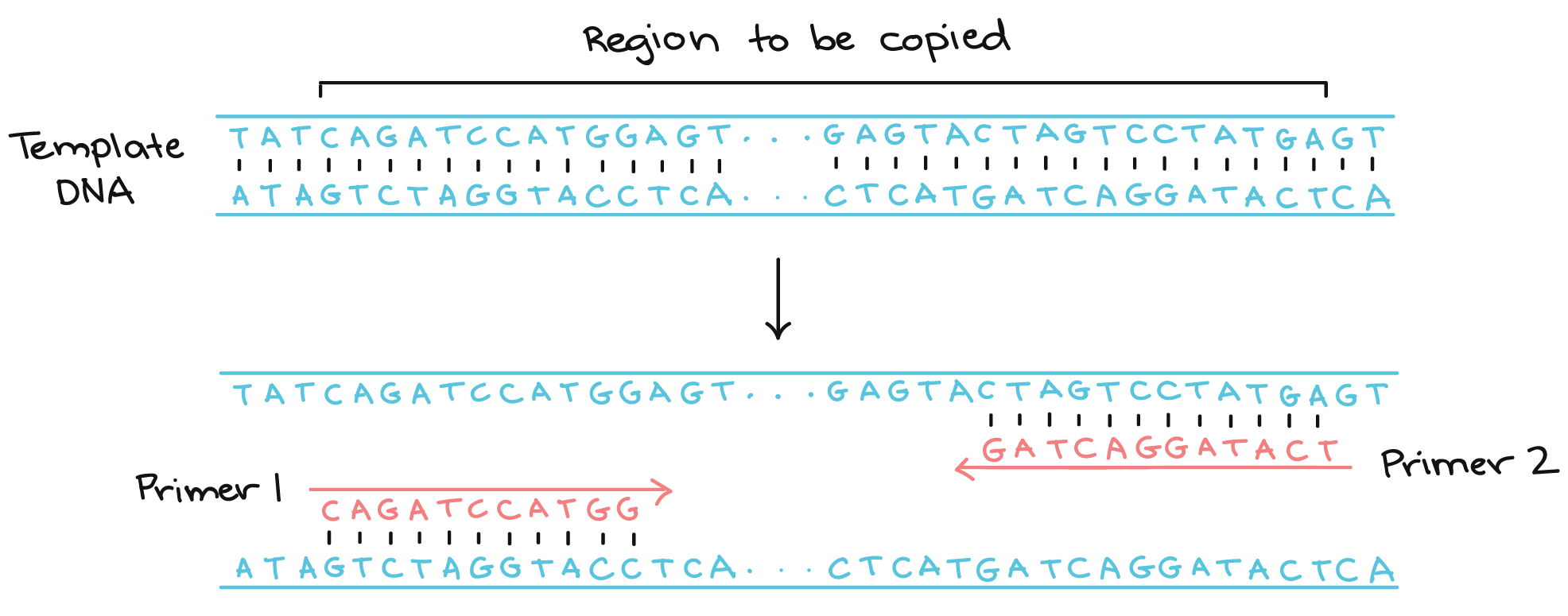
Polymerase Chain Reaction Pcr Article Khan Academy

How To Select Primers For Polymerase Chain Reaction

Figure 1 From Selecting Specific Pcr Primers With Mfeprimer Semantic Scholar
Q Tbn 3aand9gcqksw6z5yfg9k6y7nfzbgoh65zaj7edursq Hmswh5zid18pniz Usqp Cau
Http Home Sandiego Edu Josephprovost Pcr handout Pdf
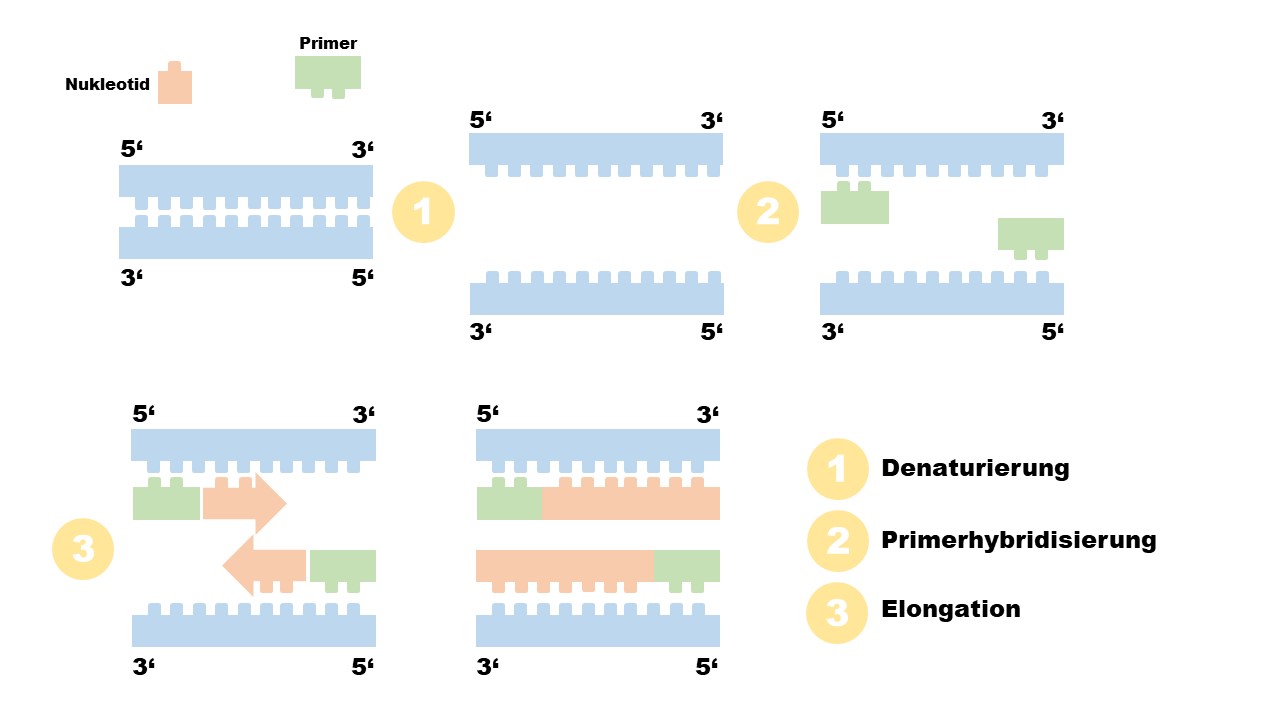
The Polymerase Chain Reaction
Www Dnasoftware Com Wp Content Uploads Thefourmostcommonlyencounteredproblemsinmultiplexpaneldesign Draft3 Pdf

Untitled Document

Polymerase Chain Reaction Pcr Diamantina Institute University Of Queensland

Fastpcr Manual
Q Tbn 3aand9gcquloxrhgt 0lr5918yntkzracksbgpx6jiwq1n40bgaw26ibf7 Usqp Cau
A Comprehensive Deep Sequencing Strategy For Full Length Genomes Of Influenza A

Polymerase Chain Reaction Test Interpretation Vetfolio

H Lpvreotcvym

Primer Molecular Biology Wikipedia

Which Of The Following Is Not One Of The S Clutch Prep

Addgene Plasmid Cloning By Pcr With Protocols

The Different Phases Of Pcr And Why They Are Important

Primer Design Tips For An Efficient Process
Primer Design
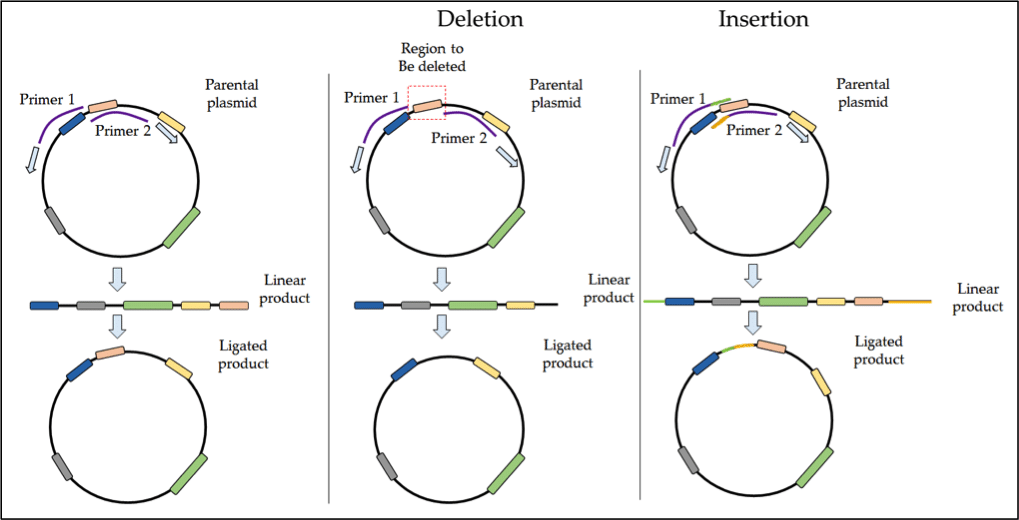
Site Directed Mutagenesis Tips And Tricks

How Do You Design Primers For Polymerase Chain Reaction Pcr By Kok Zhi Lee The Startup Medium

Primer Design Tutorial Geneious Prime
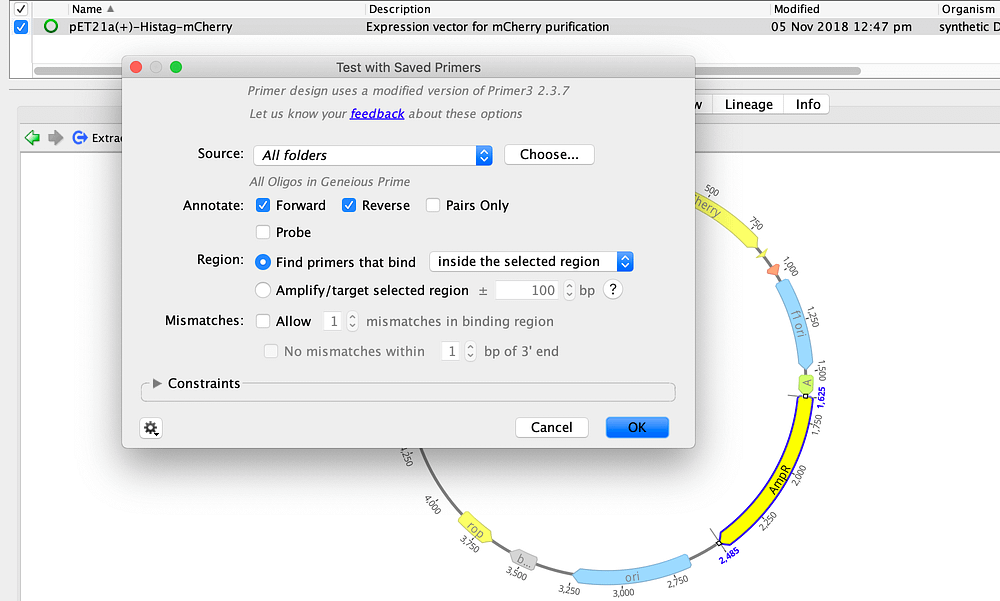
Primer Design Geneious

Polymerase Chain Reaction Pcr Article Khan Academy

Simera Modelling The Pcr Process To Simulate Realistic Chimera Formation Biorxiv

Polymerase Chain Reaction Pcr Article Khan Academy

Manual Primer Design For A Gene On The Reverse Strand Biology Stack Exchange

The Polymerase Chain Reaction Advanced Ck 12 Foundation

A Cornerstone Of Molecular Biology The Pcr Reaction Antisense Science
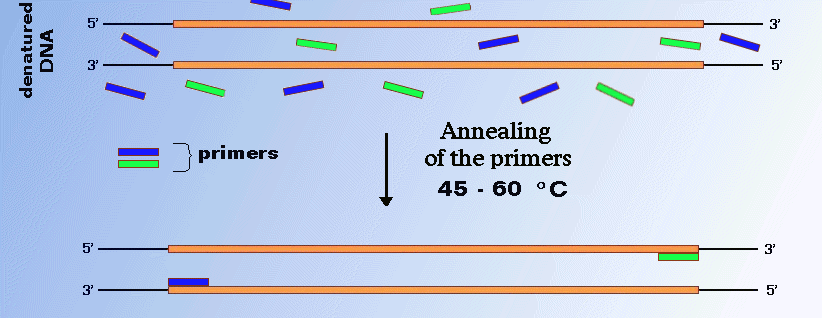
Annealing Of Primers

Pcr Overview Goldbio

How Do You Design Primers For Polymerase Chain Reaction Pcr By Kok Zhi Lee The Startup Medium

Introduction To Pcr Primer Probe Chemistries Lsr Bio Rad

Polymerase Chain Reaction Pcr Molecular Biology The Biology Notes

Pcr Bioninja

Real Time Pcr For Mrna Quantitation Biotechniques

Slippage Of Degenerate Primers Can Cause Variation In Amplicon Length Scientific Reports

Primer Validation For Optimum Assay Performance Pcr Guide Sigma Aldrich

Solved A Pcr Primers Must Bind To Sequences On Either S Chegg Com

Whole Genome Amplification Perkinelmer Applied Genomics

Polymerase Chain Reaction Definition Steps Britannica

Colony Pcr Pathways Over Time
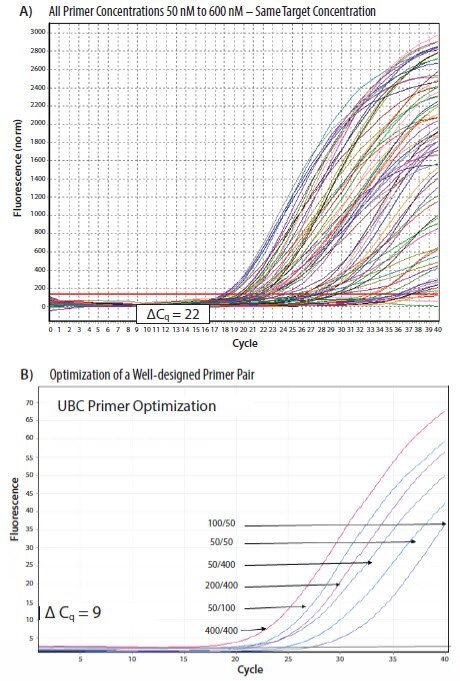
Primer Validation For Optimum Assay Performance Pcr Guide Sigma Aldrich

Non Specific Binding Sites Of The Son Pcr Primers A Left Selected Download Scientific Diagram
In Silico Pcr Primer Design And Gene Amplification Benchling
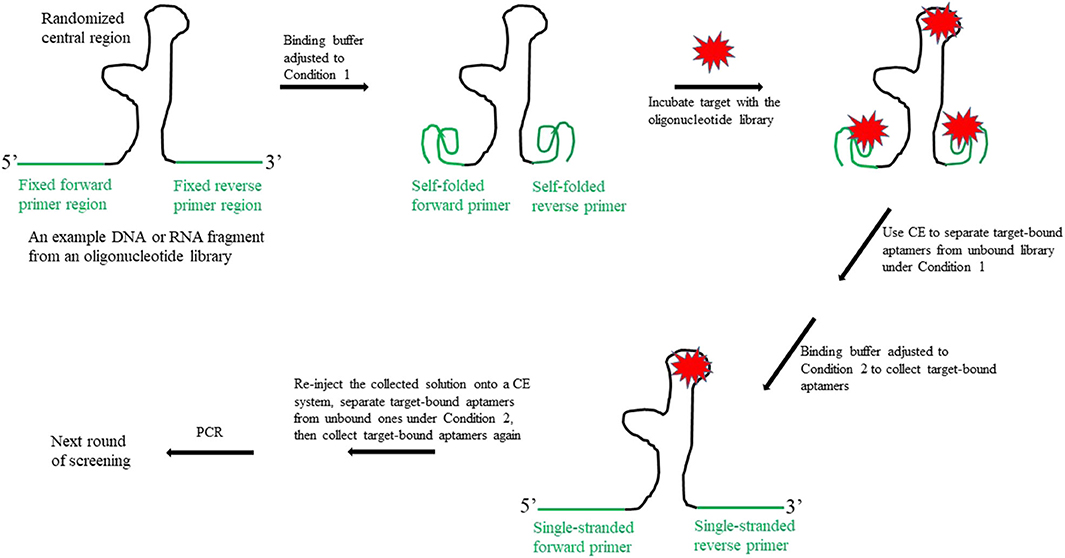
Frontiers A New Design For The Fixed Primer Regions In An Oligonucleotide Library For Selex Aptamer Screening Chemistry
Q Tbn 3aand9gcqzninymvxcoxl6ityd4zga 5jbhu67honfuwvj3pcas6qidmae Usqp Cau

Primer Binding Site An Overview Sciencedirect Topics

Addgene Plasmid Cloning By Pcr With Protocols

Pcr Polymerase Chain Reaction
Plos Biology In Vivo Insertion Pool Sequencing Identifies Virulence Factors In A Complex Fungal Host Interaction

Fastpcr Manual

Open Genetics Cubocube

Annealing Temperature Of 55 C And Specificity Of Primer Binding In Pcr Reactions Intechopen

Three Decades Of Nucleic Acid Aptamer Technologies Lessons Learned Progress And Opportunities On Aptamer Development Sciencedirect

What Is Nested Pcr

Bme103 T930 Group 10 Openwetware

Poison Primer 1

Pcr Polymerase Chain Reaction The Bumbling Biochemist
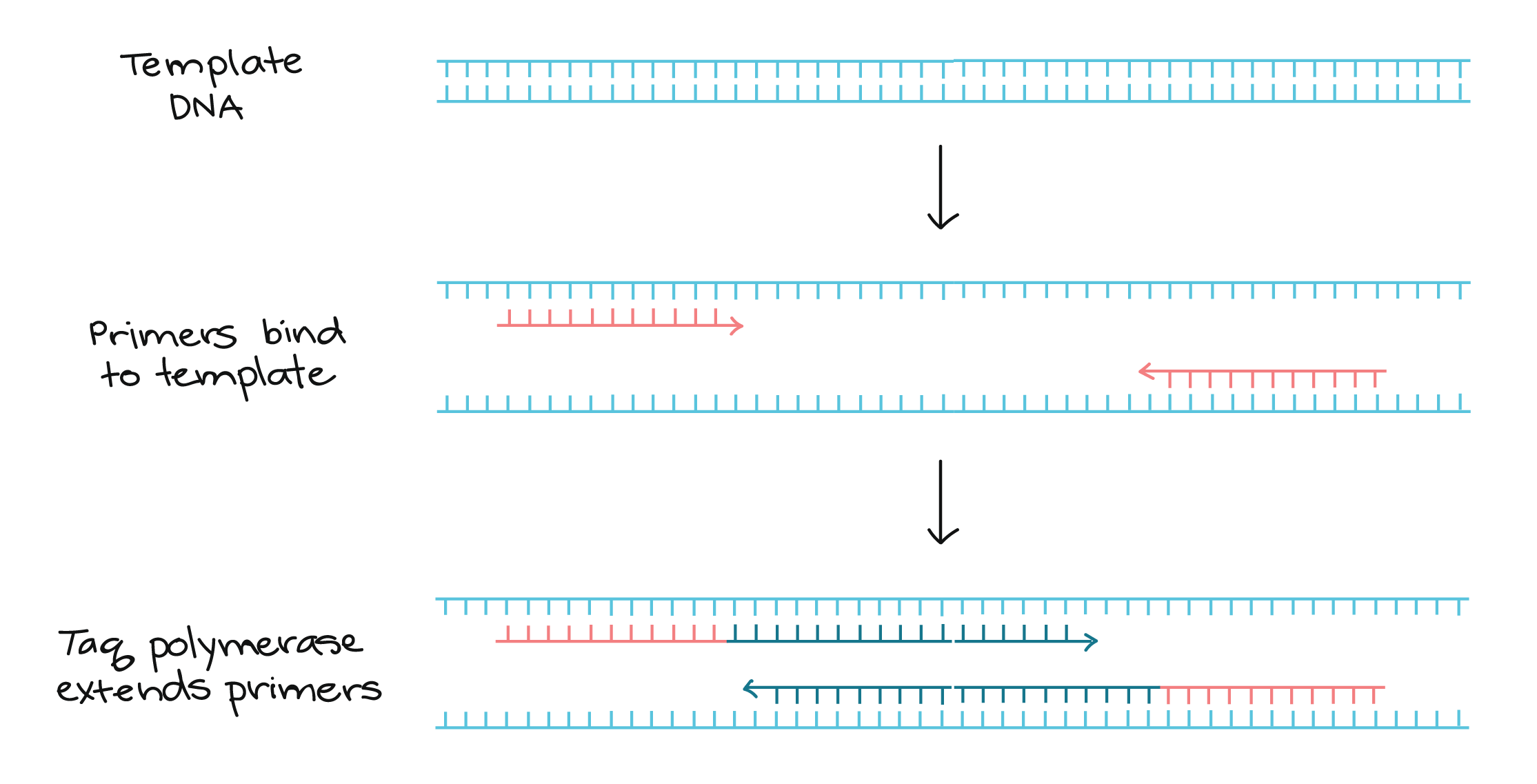
Polymerase Chain Reaction Pcr Article Khan Academy

Vdu S Blog The Mechanics Of The Polymerase Chain Reaction Pcr A Primer
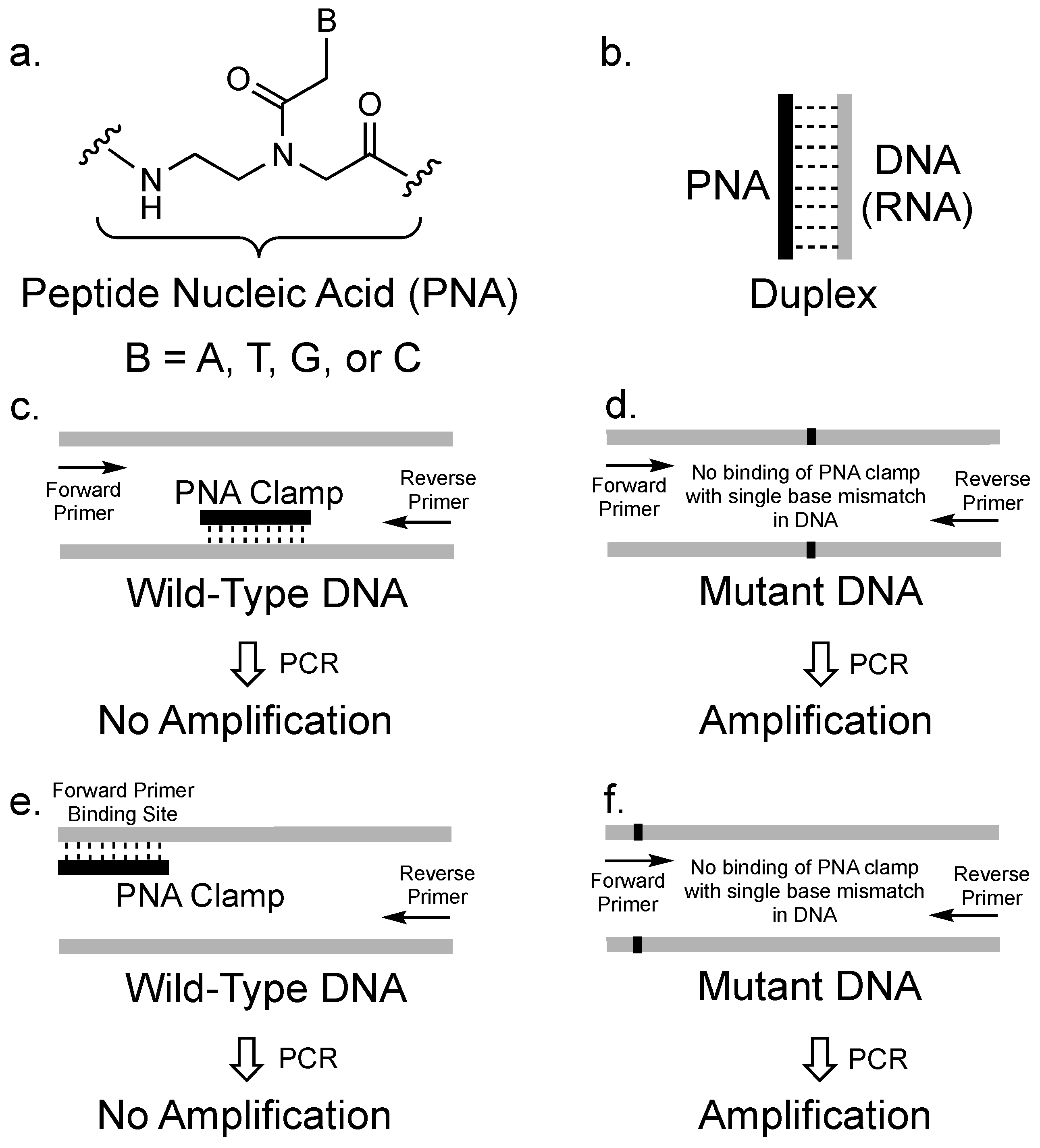
Molecules Free Full Text Pna Clamping In Nucleic Acid Amplification Protocols To Detect Single Nucleotide Mutations Related To Cancer Html

Introduction To Pcr Primer Probe Chemistries Lsr Bio Rad
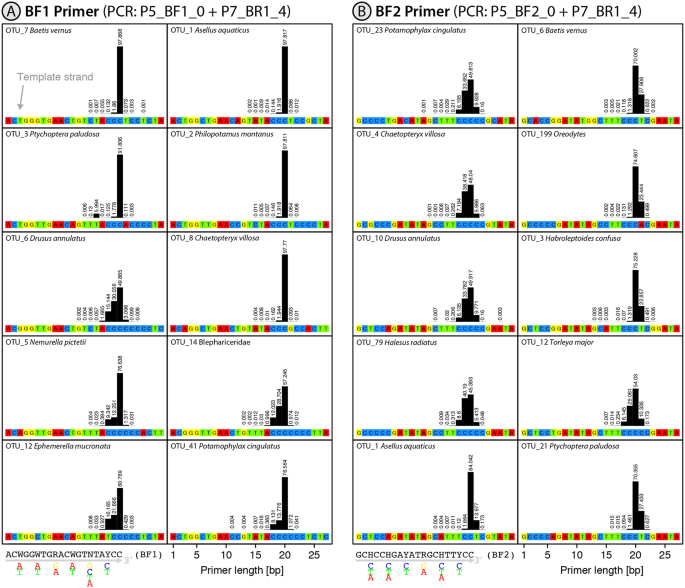
Slippage Of Degenerate Primers Can Cause Variation In Amplicon Length Scientific Reports

What Is Nested Pcr

Nested Polymerase Chain Reaction Wikipedia

Polymerase Chain Reaction Pcr

Nested Pcr Nested Polymerase Chain Reaction An Overview

Basic Principles Of Rt Qpcr Thermo Fisher Scientific Us
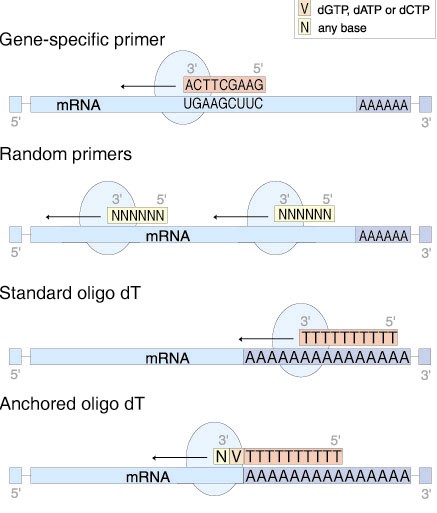
Bioinformatics Bestkeeeper Software Gene Quantification Homepage

What Is Needed To Amplify A Segment Of Dna
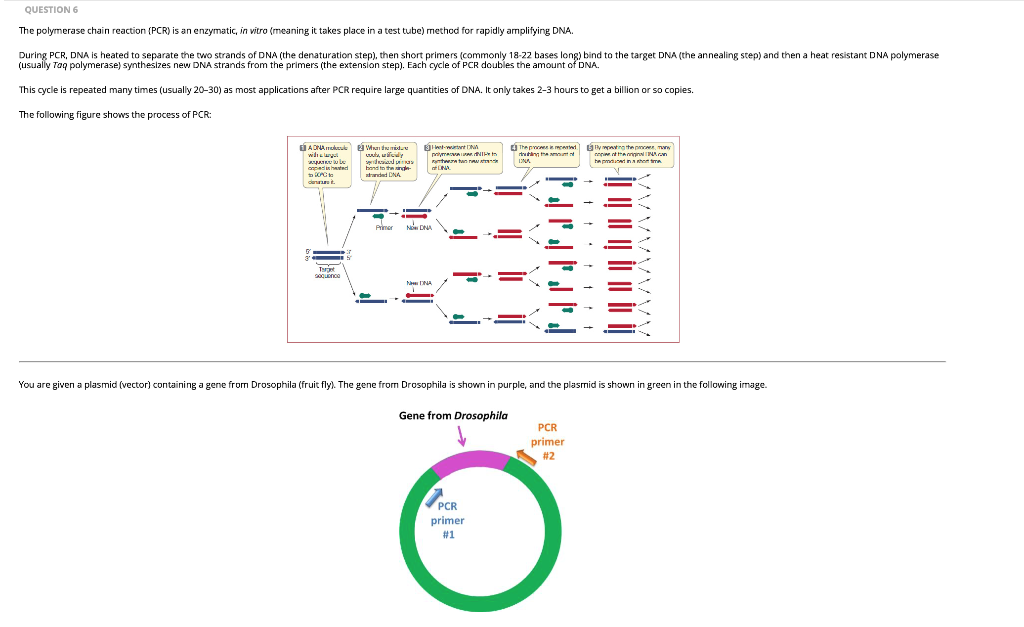
Solved Question 6 The Polymerase Chain Reaction Pcr Is Chegg Com

Three Decades Of Nucleic Acid Aptamer Technologies Lessons Learned Progress And Opportunities On Aptamer Development Sciencedirect
In Silico Pcr Primer Design And Gene Amplification Benchling

Cdna mentation And Library Amplification Step For Split Seq Issue 9 Teichlab Scg Lib Structs Github

Probe Structure For The Molecular Laboratory Professional Lablogatory

Polymerase Chain Reaction Pcr Article Khan Academy

The Principle Of The Modified Adaptor Ligation Mediated Pcr A Pool Of Download Scientific Diagram
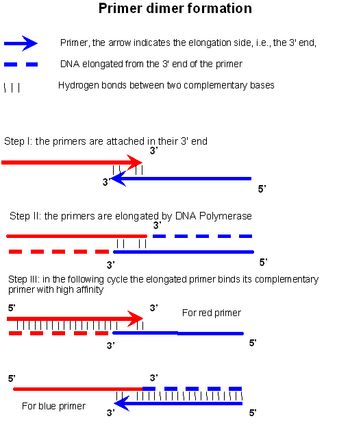
Primer Dimer Wikipedia

The Bumbling Biochemist S Guide To Pcr Polymerase Chain Reaction The Bumbling Biochemist

Organization Of Bacteriophage Genome Primer Binding Sites And Pcr Download Scientific Diagram

Organization Of Bacteriophage Genome Primer Binding Sites And Pcr Download Scientific Diagram

Overhang Pcr

Untitled Document
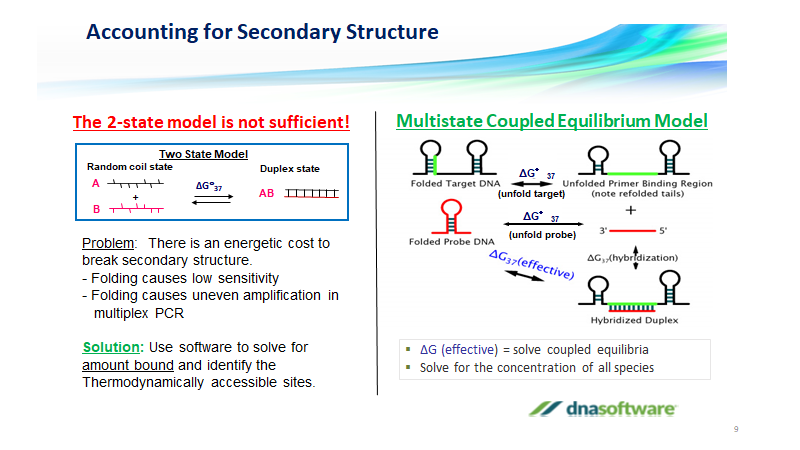
Multiplex Pcr What Is Multiplex Pcr Multiplexing Assay Dna Software

Schematic Of Primer Design Used In Rt And Qrt Pcr With Potential Download Scientific Diagram

Design And Testing Tips For Bisulfite Specific Pcr Primer Design Biocompare Bench Tips

Untitled Document



